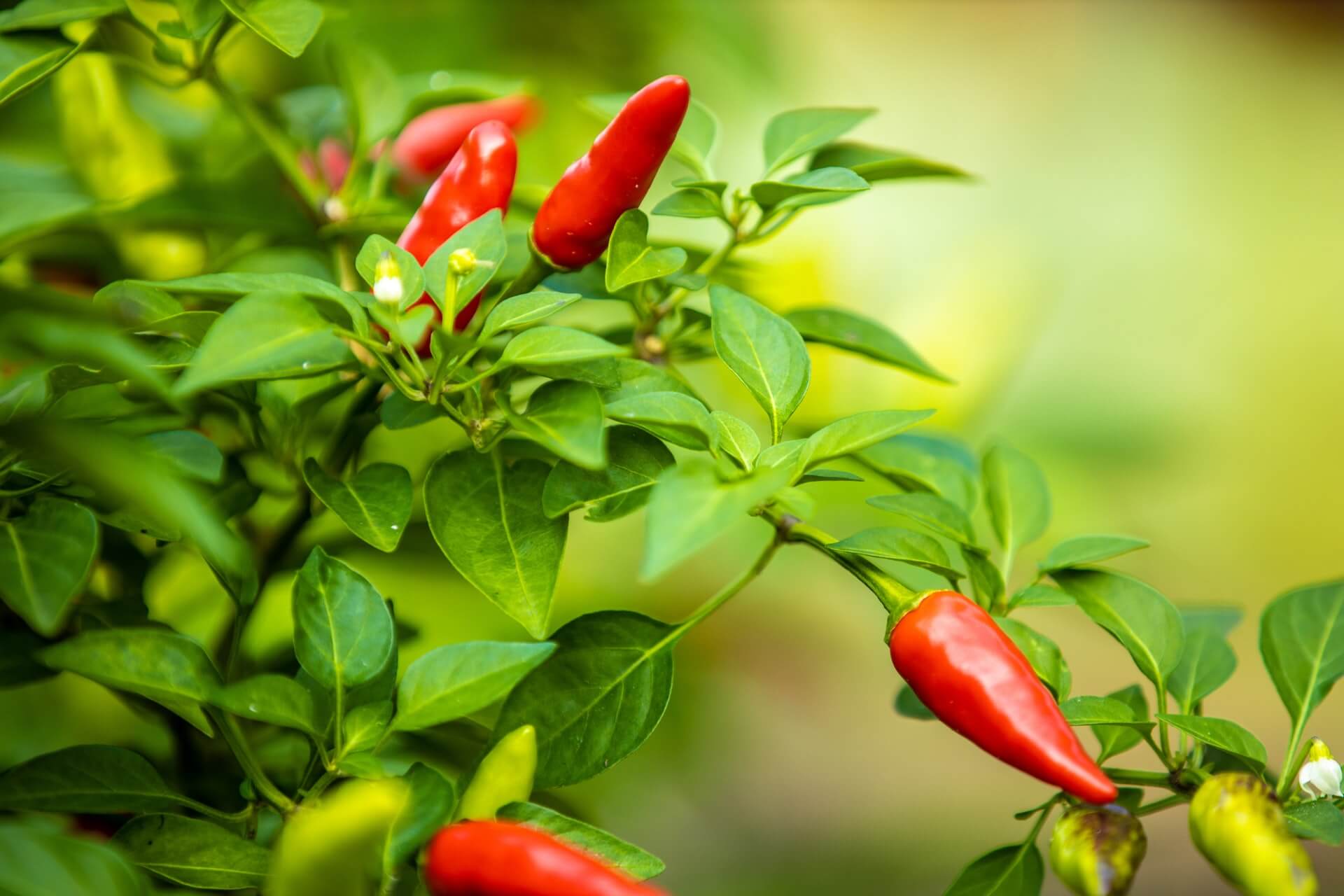If you’re interested in starting an organic vegetable garden, you don’t need to be a gardening expert. With a little knowledge and effort, you can enjoy the benefits of this traditional and effective approach.
Organic vegetable gardening is a farming method that avoids the use of synthetic products like fertilizers and pesticides.
Instead, it relies on working with nature to cultivate healthy and sustainable crops.
Let’s explore the basics of organic vegetable gardening to help you get started and achieve success.
Understanding Organic Vegetable Gardening
Organic vegetable gardening is all about working in harmony with nature. It involves using natural and organic methods to nourish and protect your plants. By avoiding synthetic chemicals, you create a healthy ecosystem that promotes beneficial organisms, reduces environmental impact, and produces nutritious food.
Choosing the Right Vegetables for Your Garden
When selecting vegetables for your organic garden, consider the suitability of each plant to your soil and climate. If you live in an area that experiences droughts, choose vegetables that are drought-tolerant and require less water. Similarly, if you have limited space, opt for compact or vertical-growing varieties. Consulting your local agro shop or gardening experts can provide valuable insights and help you make informed choices.
Preparing the Soil for Planting
Preparing the soil is essential for healthy plant growth. Start by tilling the land to remove rocks, weeds, and other debris. This will create a clean and fertile planting bed. Next, enrich the soil with organic matter such as compost, well-rotted manure, or organic soil amendments. This helps improve soil structure, fertility, and moisture retention. Consider using garden tools like a garden fork or spade to loosen the soil and incorporate organic matter evenly.
Planting Seeds and Managing Space
When it’s time to plant your vegetable seeds, ensure proper spacing to avoid overcrowding. Each seed should be placed at the appropriate depth and given sufficient space for roots to grow. Follow the recommended spacing guidelines provided on the seed packets or plant labels. Proper spacing promotes good air circulation, reduces the risk of disease, and allows each plant to access adequate sunlight and nutrients. Intercropping, which involves planting different vegetables together, can maximize space utilization and discourage weed growth.
Protecting Your Garden from Pests
Pests can pose a significant threat to your organic garden, but there are natural methods to control them. Invite beneficial insects, birds, and frogs to your garden by creating suitable habitats like birdhouses, small ponds, or insect hotels. These natural predators help keep pest populations in check. Additionally, use physical barriers like row covers to prevent pests from reaching your plants. Regularly inspect your plants for signs of pest damage, and if necessary, handpick pests or apply organic pest control measures.
Preserving Soil Fertility with Crop Rotation
Crop rotation is an essential practice in organic gardening. It involves changing the location of crops each season to prevent the build-up of pests and diseases and maintain soil fertility. By rotating crops, you break pest cycles and balance nutrient demands. For example, follow a nitrogen-demanding crop with a nitrogen-fixing legume to replenish soil nitrogen levels naturally. Plan your garden layout and crop rotation schedule in advance to ensure optimal results.
Tools Needed for an Organic Vegetable Garden
To effectively manage your organic vegetable garden, there are several tools that can come in handy:
- Trowel and hand fork: For planting and cultivating small plants.
- Hoe or cultivator: For weed control and soil cultivation.
- Garden hose or watering can: To provide proper irrigation and water your plants.
- Garden fork or spade: For soil preparation and turning compost.
- Pruners or shears: For trimming and pruning plants.
- Garden rake: To level the soil, remove debris, and create a smooth planting surface.
Conclusion
With these organic vegetable gardening basics, you can start your own thriving garden using natural and sustainable practices. Remember to choose suitable vegetables, prepare the soil properly, protect your plants from pests, and preserve soil fertility through crop rotation. By embracing organic gardening, you’ll not only enjoy the pleasure of growing your own food but also contribute to a healthier and more sustainable environment. So roll up your sleeves, gather your tools, and get ready to embark on a rewarding journey into the world of organic vegetable gardening.

